Downloads
Brochures
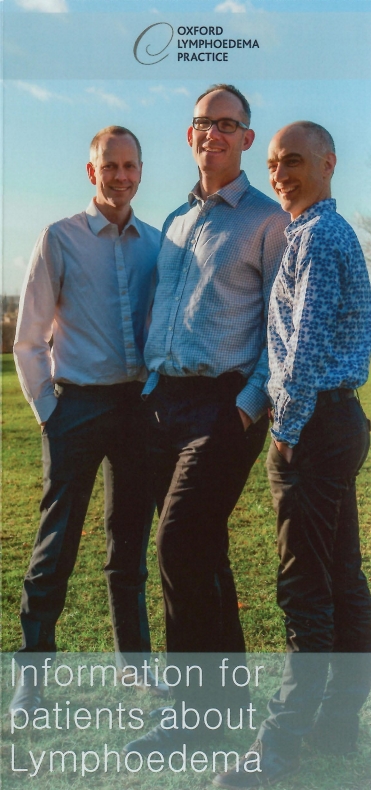
Information for patients about lymphoedema
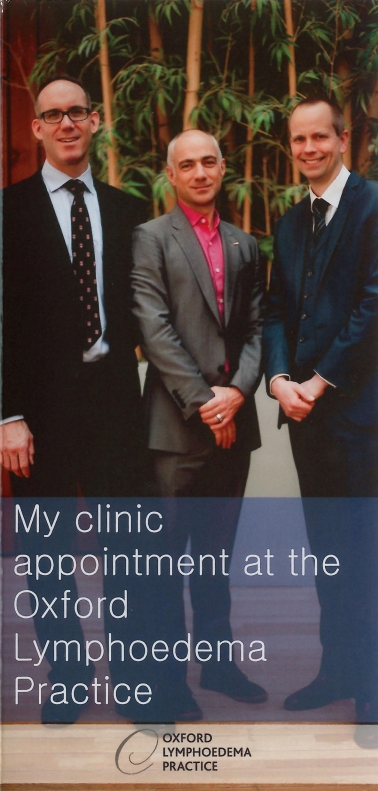
My appointment at the Oxford Lymphoedema Practice
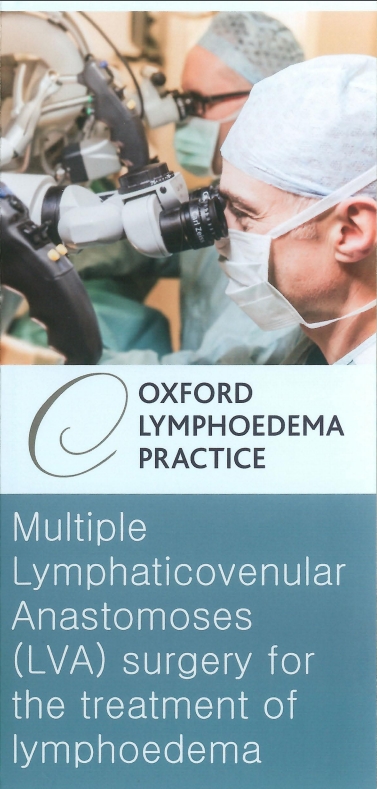
Multiple Lymphatico-venular Anastomoses (LVA) surgery for the treatment of lymphoedema
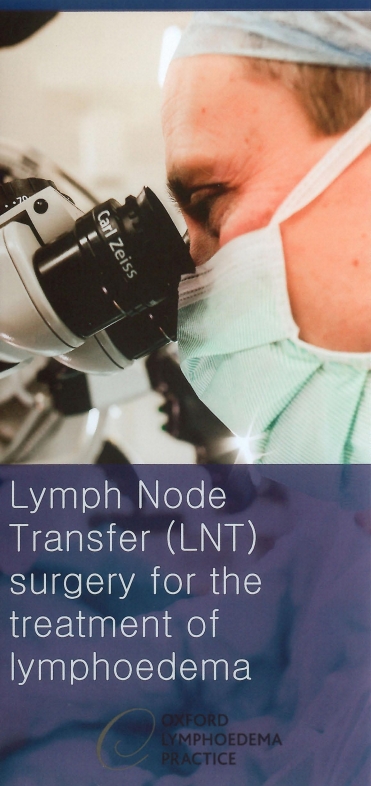
Lymph Node Transfer (LNT) surgery for the treatment of lymphoedema
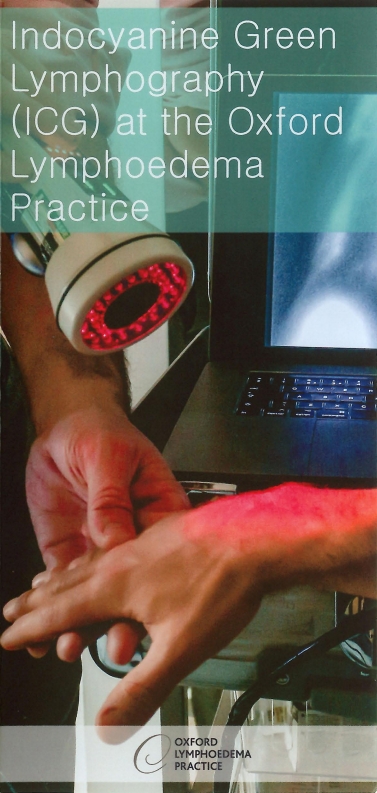
Indocyanine Green Lymphography (ICG) at the Oxford Lymphoedema Practice
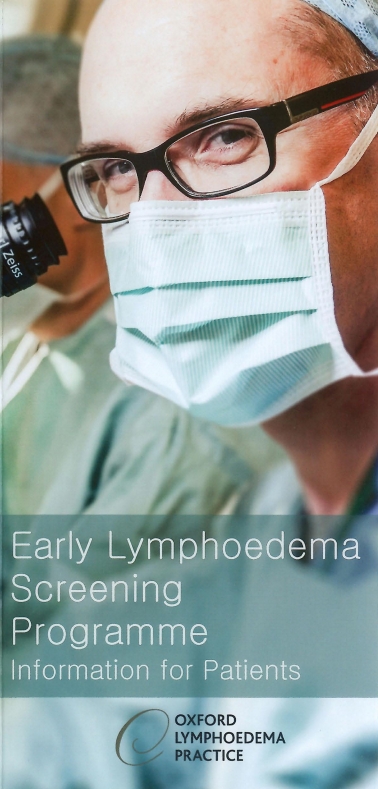
Early Lymphoedema Screening Programme information for patients
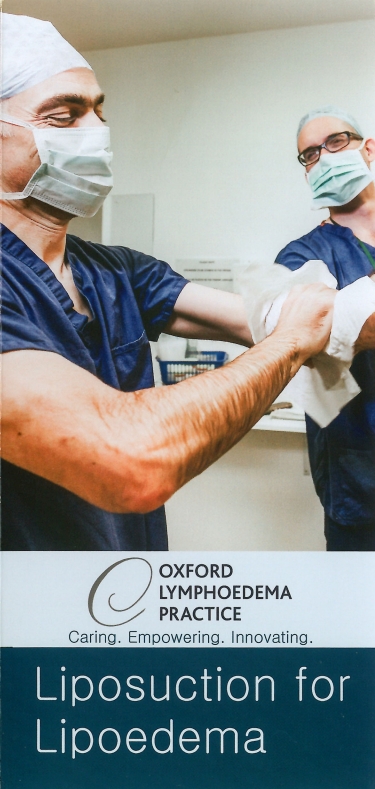
Liposuction for Lipoedema Leaflet
Academic papers
Phillips et al 2018
The OLP surgeons describe their success with lymphaticovenular anastomosis surgery for leg lymphoedema following gynaecological malignancy, prostate cancer, melanoma and other causes of secondary leg lymphoedema. On average a 41% reduction in excess volume was obtained with a significant improvement in Quality of Life in unilateral cases
Phillips et al 2018
Surgeons at the Oxford Lymphoedema Practice demonstrate their outcomes with LVA surgery in treating breast cancer-related lymphoedema. Reduction of excess volume discrepancy by one half was attained with 1/3 of patients being able to discard their compression garments after this surgery
Hoffner et al 2018
In this paper, Professor Brorson demonstrated significant improvements in limb volume, quality of life, and function in patients who underwent liposuction for lymphoedema after breast cancer treatment.
Dionyssiou et al 2016
This paper describes a randomised controlled trial comparing patients who underwent LNT and compression treatment, or compression treatment alone. Those who had LNT demonstrated better reduction in limb volume, infection rate, and showed greater improvements in function.
Leung et al 2015
We have performed a systematic review of the evidence for modern surgical treatments of arm lymphoedema after breast cancer treatment. LVA is recommended for ISL stages 0-2a lymphoedema, but reductive techniques such as liposuction are more appropriate for more advanced disease with profound fibrosis and lymphostatic warts, or frank elephantiasis (stages 2b or 3).
Akita et al 2014
This paper demonstrated that after treatment for gynaecological cancer, lower limb lymphoedema can be detected by Indocyanine green lymphography before the onset of clinical symptoms. Furthermore, LVA was able to reverse these changes and normalise limb volume. Importantly, conservative measures such as compression therapy were not able to halt the progression of lymphoedema.
Mihara et al 2014
Here, we showed that the rate of cellulitis in the year after LVA was 90% less than in the year preceding LVA. This demonstrates that LVA can be effective in reducing this complication of lymphoedema.
Mihara et al 2013
A paper where we showed that using the location of healthy lymphatics from an unaffected limb can predict accurately the location of lymphatics in an affected limb. This again highlights the importance of pre-operative Indocyanine green lymphography.
Todokoro et al 2013
Here, we demonstrated that pelvic lymphocele, a complication of pelvic lymph node dissection, can be effectively treated by LVA.
Mihara et al 2012
This paper defines the progressive pathological changes within the lymphatics as lymphoedema progresses. The initially thin walled, translucent lymphatics gradually become thicker, fibrotic and less contractile as they undergo collagen deposition caused by raised intraluminal pressure. This is akin to high blood pressure causing pathological changes in the arterial wall.
Boccardo et al 2011
This randomised controlled trial randomised women to receive either LVA or no additional procedure at the time of axillary dissection for breast cancer. At 18 months’ follow-up, 4% of those treated with LVA had developed lymphoedema, compared with 30% of those receiving no additional treatment. This equates to an absolute risk reduction of 26%, and a number needed to treat (NNT) of 4 to prevent one case of lymphoedema.
Campisi et al 2010
Here, Professor Campisi reports his results of treating lymphoedema with LVA in over 1,800 patients with an average follow-up of over 10 years. 83% of patients showed an improvement in their lymphoedema, and 85% of patients were able to stop wearing compression garments. There was also an 87% reduction in the incidence of cellulitis after LVA surgery.
Brorson et al 2008
Here, Professor Brorson reports on his experience of liposuction for lymphoedema of the legs.
Nagase et al 2005
A classic review article detailing all aspects of LVA, from pathology of lymphoedema, to a detailed description of LVA and the technical advances that have made the technique possible.
Koshima et al 2004
Professor Koshima was the first to demonstrate the efficacy of LVA under local anaesthesia. He showed improvements in 82.5% of patients with lower limb lymphoedema, despite a small number of anastomoses (average 2.1 per limb) and advanced disease (stage 3 and 4).
Podcasts
Lymphoedema Surgery – What are the different types available?
Exercise and Lymphoedema – a podcast by Alex and Dominic
Living your life with Lymphoedema – a podcast by Sinclair and Alex
Book an appointment
We’re here to help
Surgery address:
Nuffield Health, The Manor Hospital, Beech Road, Oxford, OX3 7RP
Oxford Lymphoedema Practice, PO Box 1138, Oxford, OX1 9UN
© Oxford Lymphoedema Practice Ltd 2018